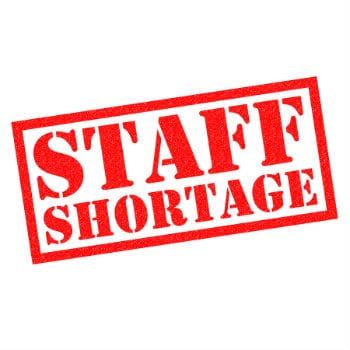Welcome to Jeff Bormaster Consulting
Jeffrey Bormaster, LCSW *
Family and Youth Care Agency Expert
*Jeff Bormaster is a California Licensed Clinical Social Worker, LCSW
Topics

By Jeff Bormaster
•
11 Jun, 2023
Our systems are all interconnected and interactive, each one nested within the other. In this image we only have four layers of these nested systems but remember that the layer labeled “government, funders, and the public” is itself nested within larger social and global systems. Therefore everything that happens to one system is likely to be reflected in all of the others. The concept of parallel process taken out of the individual context and applied to organizations is a useful way of offering a coherent framework that can enable organizational leaders and staff to develop a way of thinking “outside the box” about what has happened and is happening to their service delivery systems, based on an understanding of the ways in which trauma and chronic adversity affect human function. Parallel process has been defined as what happens when two or more systems – whether these consist of individuals, groups, or organizations – have significant relationships with one another, they tend to develop similar affects, cognition, and behaviors, which are defined as parallel processes …. Parallel processes can be set in motion in many ways, and once initiated leave no one immune from their influence. Clients bring their past history of traumatic experience into the social service sectors, consciously aware of certain specific goals but unconsciously struggling to recover from the pain and losses of the past. They are greeted by individual service providers, subject to their own personal life experiences, who are more-or-less deeply embedded in entire systems that are under significant stress. Given what we know about exposure to childhood adversity and other forms of traumatic experience, the majority of service providers have experiences in their background that may be quite similar to the life histories of their clients, and that similarity may be more-or-less recognized and worked through [2]. The result of these complex interactions between traumatized clients, stressed staff, pressured organizations, and a social and economic environment that is frequently hostile to the aims of recovery is often the opposite of what was intended. Staff in many treatment programs suffer physical and psychological injuries at alarming rates and thus become demoralized and hostile. Their counter-aggressive responses to the aggression in their clients helps to create punitive environments. Leaders become variously perplexed, overwhelmed, ineffective, authoritarian, or avoidant as they struggle to satisfy the demands of their superiors, to control their subordinates, and to protect their clients. When professional staff and nonprofessionally trained staff gather together in an attempt to formulate an approach to complex problems they are not on the same page. They share no common theoretical framework that informs problem-solving. Without a shared way of understanding the problem, what passes as treatment may be little more than labeling, the prescription of medication, and behavioral “management”. When troubled clients fail to respond to these measures, they are labeled again, given more diagnoses and termed “resistant to treatment”. In this way, our systems inadvertently but frequently recapitulate the very experiences that have proven to be so toxic for the people we are supposed to help. Just as the lives of people exposed to repetitive and chronic trauma, abuse, and maltreatment become organized around the traumatic experience, so too can entire systems become organized around the recurrent and severe stress of trying to cope with a flawed mental model based on individual pathology, that is the present underpinning of our helping systems. When this happens, it sets up an interactive dynamic that creates what are sometimes uncannily parallel processes. The result can be seen in the chart below. Bloom and Farragher, Destroying Sanctuary: The Crisis in Human Service Delivery Systems










